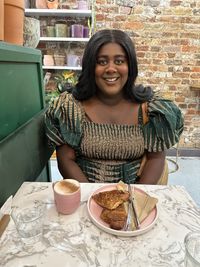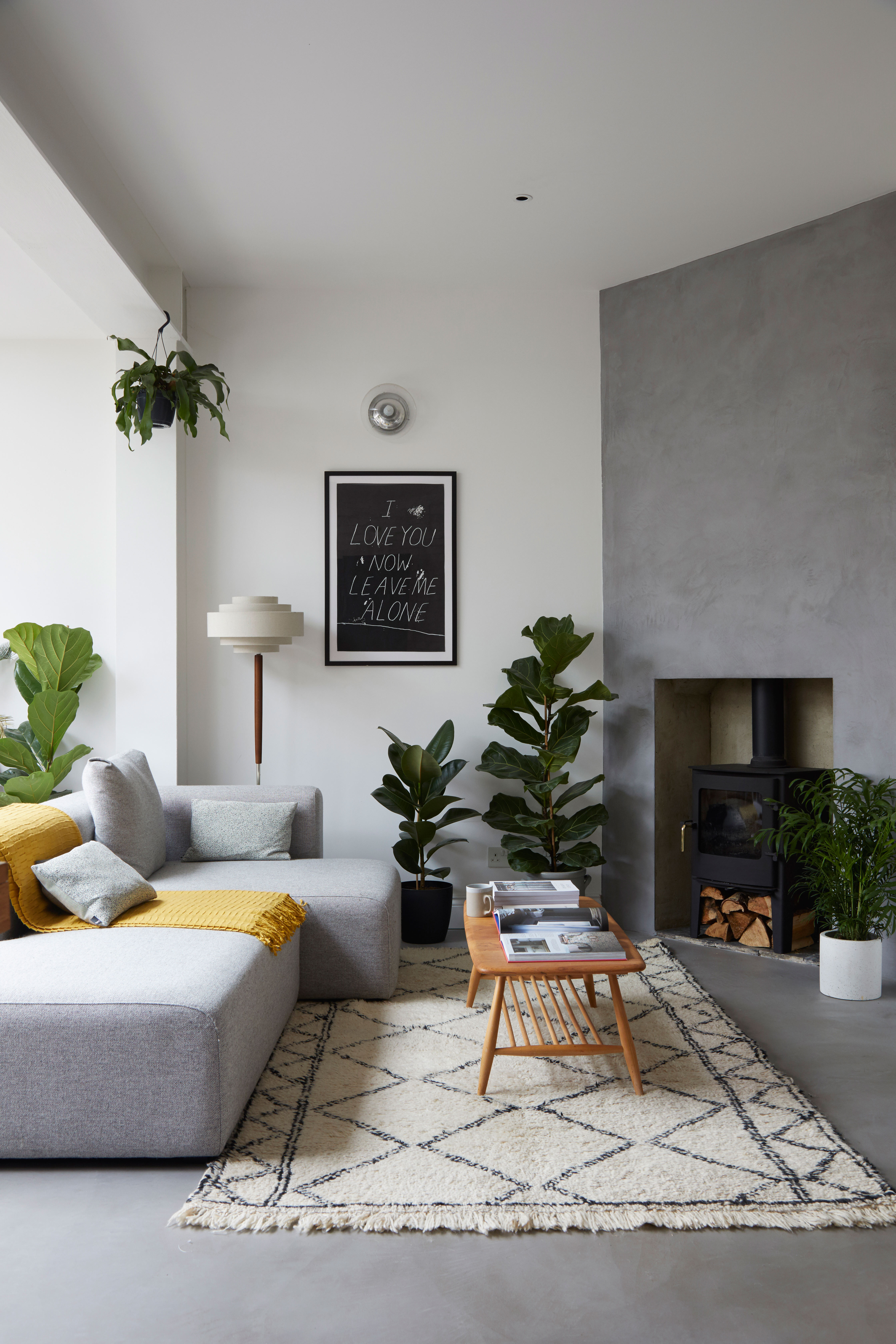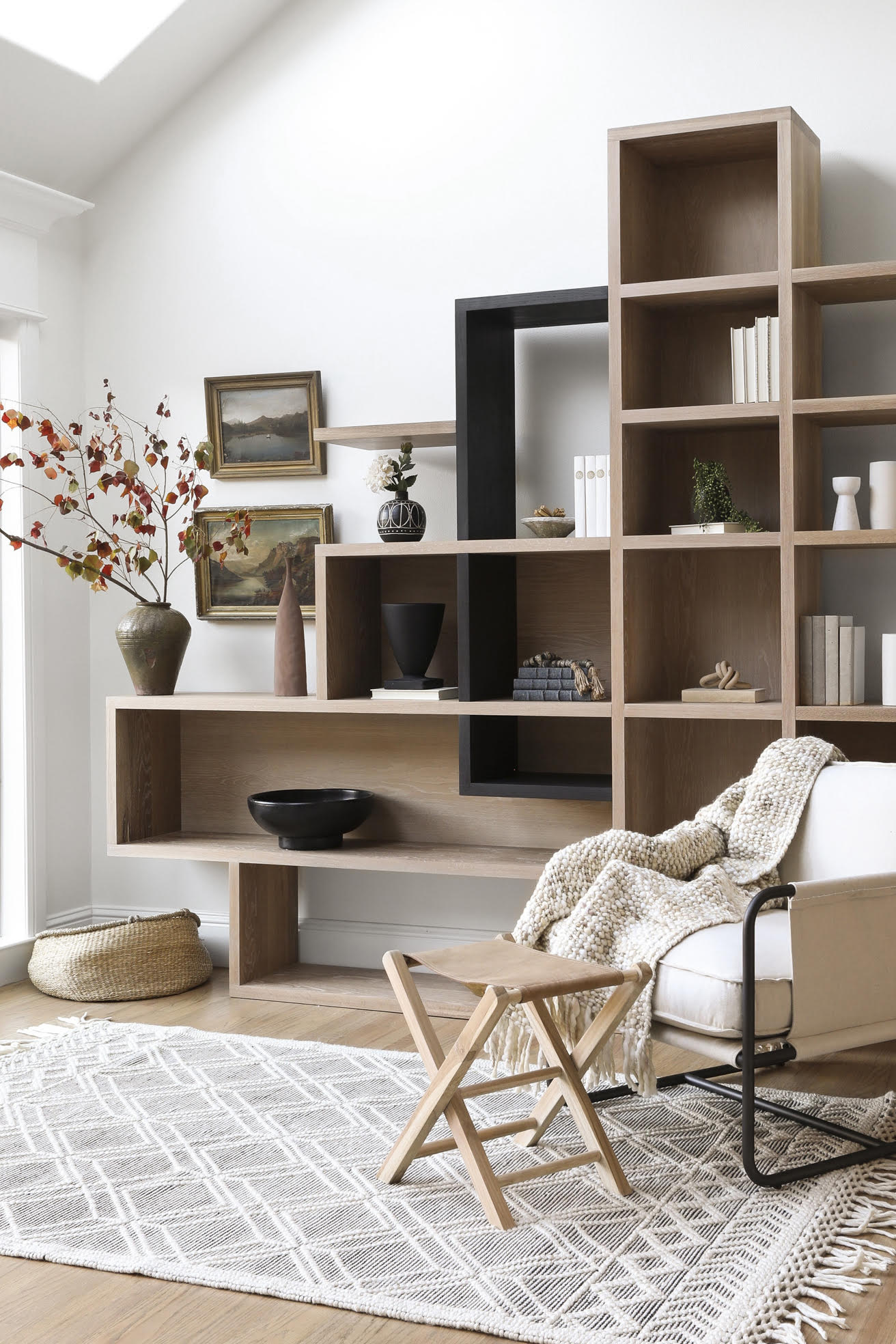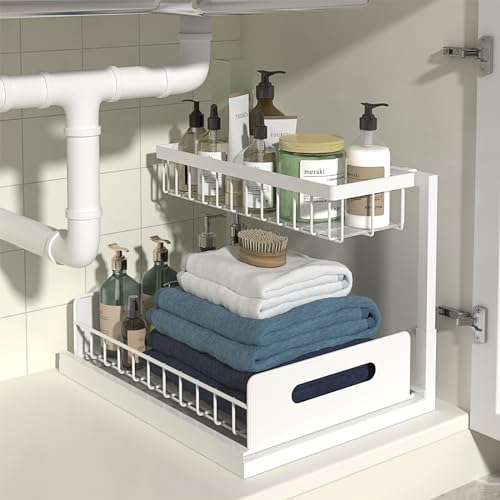What is an "Interior Design Therapist"? We Asked One How to Create a Calming Home That Stills the Mind and Nurtures the Soul
From choosing the right colors to tackling blank space, this therapist's home decor tips could be the key to unlocking your best self


It’s hard to see the invisible load that we all carry, but there are signs that manifest physically through your ways of living. In fact, a very clear way to pick up on internal thoughts and feelings is by looking at your interiors. In our individualistic culture, it can be difficult to distinguish what is normal at home and what isn’t.
Luckily, there's a particular strain of therapy that specializes in just that. Interior design therapists combine design and psychology to help identify and reshape their clients' destructive habits, attachments, or ways of thinking, not only to create a safe space but also to help their clients meet their own needs. Through utilizing design ideas like dopamine decor and layered lighting, they help to cultivate a calm, nurturing home that feeds our soul the way we need it to. Here's how it works.
What is an Interior Design Therapist?

As the name suggests, interior design therapists ensure that our spaces are not just nice to look at, but also make us feel safe and meet our needs psychologically (rather than just practically). Sarah Seung-McFarland Ph.D is an interior design therapist with 12 years of experience in trauma and abuse. She has referred her clients to many external interior designers but has recently completed a qualification in the discipline so that she can treat her clients in-house.
The goal of her work is self-actualization: that her clients are able to be the best versions of themselves. Examples of clients she works with include people with attachment issues and consequent habits like hoarding, people who struggle with procrastination or indecision fatigue, or people who associate home with negative feelings.
Since the pandemic, we've all been craving comforting homes that feed the soul and make us feel complete. In an increasingly demanding and chaotic world, we wanted to know the recipe for a space that makes us feel cozy and serene, so we caught up with Sarah to gain her insights. Below are her five design tips for a home that calms the mind and nurtures the soul.
1. Choose The Right Color Palette

Color psychology plays a huge role in how we feel day to day. “The research shows that color is really important when talking about needs,” Sarah says. “I start people off by talking about colors in terms of warm and cool ones. To simplify it, I say the reds and the oranges, the warmer colors are meant to make us feel more alert and cooler colors are inclined to make us feel more relaxed.”
Sarah recommends using warmer colors in rooms where chores or work are done and cooler colors in spaces of rest and relaxation. “If you’re doing an activity that you want to get done, like laundry, the laundry room might be in a warmer color, like red, because that will get you stimulated.” A color we’re currently loving - and paving the way for 2025's key color trends - is deep red. The shade Preference Red by Farrow & Ball is perfect for your moodier rooms.
The Livingetc newsletters are your inside source for what’s shaping interiors now - and what’s next. Discover trend forecasts, smart style ideas, and curated shopping inspiration that brings design to life. Subscribe today and stay ahead of the curve.
2. Bring Nature to Your Home

According to Sarah, the research shows that nature is also very important, so consider decorating with plants if you want your space to feel serene. “One study said that plants actually decrease depression, and they can improve problem-solving, concentration, and creativity," she says. "I was trying to figure out, like, why is that? I couldn't really find a specific reason but I found something that I think might be attributable to it. I think it's the idea of pleasant environments. Environments that lessen mental processing. That means you're more free and don't have to work as hard mentally.”
Sarah recommends adding some plants to relaxing spaces to encourage creativity. And while you’re looking at plants, don’t forget to get some pots to home them. Why not look at this multicolored plant pot set from Target? It’s perfect for any creative space but works especially well in maximalist, Mid-Century style, or eclectic homes.
3. Mindfully Declutter Your Spaces

“Part of the process that I do is environmental autobiographies,” Sarah explains. “That's where we really assess people's past experience with place, present experience with place, and what their future place will look like - their goals, their dreams for their space. The idea is to look at how people have been impacted by the past.”
She recommends people try to find positive associations with the past in a way that doesn’t translate into hoarding or other behaviors for the sake of nostalgic design. She leans more toward a "top-picks" approach of choosing a few positive elements that “capture the essence” of a space. In a nutshell, it's all about decluttering mindfully rather than decluttering ruthlessly, and being kind to oneself in the process.
“One of my clients had a lot of clutter in their home and they didn't necessarily like it, but there was a connection to it," Sarah explains. "The idea is to help them figure out what it is they actually like about clutter, and then throw away the stuff they didn't like about it. They weren’t minimalist so we called it ‘organized clutter’. It speaks to their soul and desire for a lived-in feeling, but also speaks to the parts that are drawn to the organization."
4. Tackle Blank Space (or don't)

Sarah often encounters people who have completely blank spaces in the home. This can be due to a move or a major change but it can also be because they feel stuck on what to do with the space.
“Usually, if they're feeling stuck, it's not just in their home, it's in other areas," she says. "I work with them to figure out the home as a catalyst for being stuck in other areas of life. We figure out how we can make decisions at home so that you feel more confident to make decisions elsewhere." Unleashing your creativity on your empty wall space could be the catalyst that's needed, or maybe you need to take the plunge in your career or relationship to spur on your creative mindset.
The third thing, Sarah adds, is that it could be blank because there is so much chaos in their life. In this case, the answer is to lean toward minimalism. Maybe a few living room wall decor ideas are in order to fill that empty void, but keeping the color and decor to a minimum could help to instil peace at home.
5. Reflect Your True Self Through Design

When it comes to interior design, the bottom line is that it should act as an extension of your personality. “There’s something in design psychology that’s known as identity anchors," says Sarah. "The idea that the home reflects the person who's in it. I always think the highest compliment is when someone says, ‘This home looks so much like you'."
To avoid losing touch with our own characterful space, Sarah urges us to avoid chasing interior design trends that tend to be fleeting. "We can be so preoccupied with having on-trend or stylish stuff that we don’t set out on having a space that actually fulfills us emotionally,” she says. “It’s not balanced. It looks great but something else is missing.”
She often sees people who fall victim to trend cycles getting restless with their homes due to the volume of content being put out on social media. For this, she advises prioritizing “soul” and personality in the home. A good way to do this is again to find positive elements in your home design and keep those, swapping out any trendy items that don’t help to create the essence of a space for pieces that do.

Cheyenne is a homes writer and journalist living in South London. She contributes to Livingetc and has previously written for British Vogue and FT Weekend. Outside of her work covering home design and trends, she loves designing and renovating spaces for family and friends and never shies away from an estate sale or auction.


